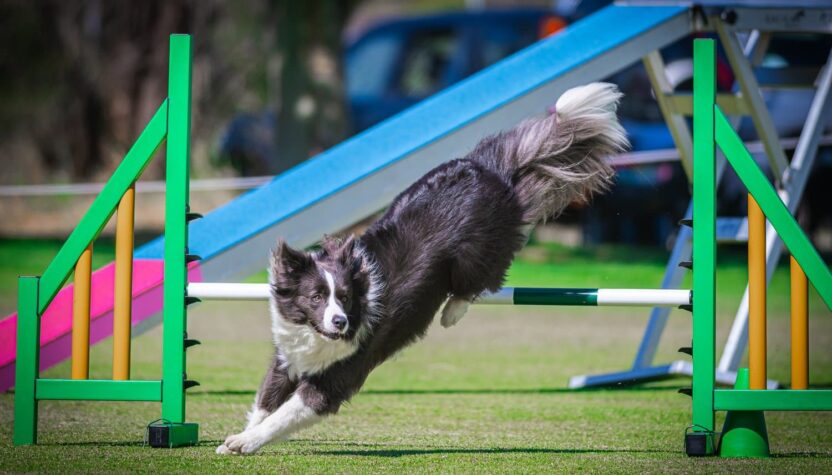Canine sports have long ceased to be a niche hobby for a small group of dog enthusiasts. Today, they serve as a powerful platform for international communication, knowledge exchange, and cultural dialogue between countries. This is especially evident in Europe, where shared values, similar training standards, and a common love for animals foster strong ties among dog handlers from different nations. Hungary, with its rich canine traditions, plays an active and important role in this process.
The Impact of Cultural Exchange on the Development of Canine Disciplines
Hungary is renowned for its hunting breeds, particularly the Vizsla — an energetic and intelligent dog that embodies the Hungarian approach to training: discipline combined with respect and trust in the animal. Meanwhile, Germany is known for its working dog training school, and the Nordic countries emphasize agility and obedience. Through international competitions, seminars, and training sessions, dog handlers gain access to unique experiences and techniques, adopting best practices and adapting them to their own traditions.
International canine events, such as FCI championships, have become true arenas of cultural exchange. Participants not only showcase the level of training of their dogs but also share training methods, breed-specific work nuances, and philosophies of human–dog interaction. Thus, a kind of borderless canine community is formed, united by a common language — love and respect for animals.
Innovations and Technologies in Modern Canine Sports
Modern technologies are increasingly being integrated into the field of canine sports, opening new horizons for training, analysis, and development. Wearable gadgets and smart collars are becoming more widespread, allowing for the monitoring of a dog’s physical activity, heart rate, speed, and even behavioral markers such as anxiety or fatigue. This is particularly valuable in competition preparation, where both the physical and mental condition of the animal are crucial.
Training processes are also increasingly moving online. Video platforms and specialized apps allow for sessions with trainers from other countries, regardless of geographic distance. Hungarian dog handlers are actively involved in these formats, broadening their horizons and gaining access to training methods that were previously available only through international workshops.
Additionally, positive reinforcement-based training methods — which originated in English-speaking countries — are being successfully integrated into European practice. These methods make the training process more humane and effective, helping to build trust between owner and dog.
Hungary as Part of the International Canine Movement
Despite its relatively small size, Hungary consistently ranks highly in international competitions. This success is made possible by the active work of canine clubs, support from the state, and the passion of the athletes themselves. National and international competitions in IPO, obedience, dog dancing, and other disciplines are held regularly in Hungary. These events not only foster competitive spirit but also promote cultural interaction.
Young Hungarian athletes are increasingly participating in European educational projects related to canine science. Student exchanges, volunteer programs, and internships allow them to learn cutting-edge methods and contribute to the development of the local training school.
Particularly noteworthy is the contribution of Hungarian specialists to the development of ethological research — the science of animal behavior. This area helps to better understand the inner world of dogs, their motivations and reactions, which is critically important for building effective training systems. Collaboration with foreign research centers enables Hungarian dog handlers to help shape new standards and methods based on scientific data.
Prospects and Challenges
Like any other field, canine sports face certain challenges. One of the main issues is the need to harmonize competition rules and standards in the context of growing international collaboration. Sometimes, evaluation approaches and judging systems differ significantly, which can lead to misunderstandings between participants from different countries. However, it is precisely through dialogue and joint efforts that universal, fair, and comprehensible criteria can be developed.
Hungary has a key task ahead — to preserve its unique canine identity while remaining open to international influences. To achieve this, it is important to continue investing in the education of young professionals, support participation in international projects, and develop the country’s canine sports infrastructure.
Canine sports are not only about competition and awards. Above all, they are a form of cultural dialogue, a way to exchange values, approaches, and human experiences. Thanks to its rich history and modern-day activity, Hungary is well-positioned to serve as a bridge between Eastern and Western training schools, bringing to the international stage a spirit of openness, respect, and innovative approaches to working with animals.
